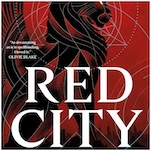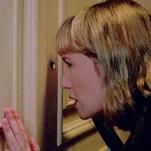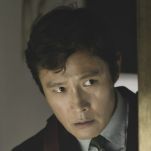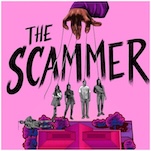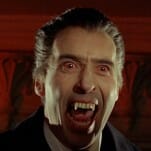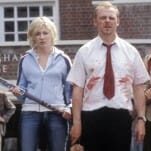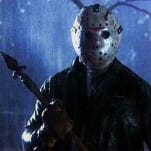Stealing Spirits in Harlem Renaissance DC: The Heist Fantasy of Leslye Penelope’s The Monsters We Defy
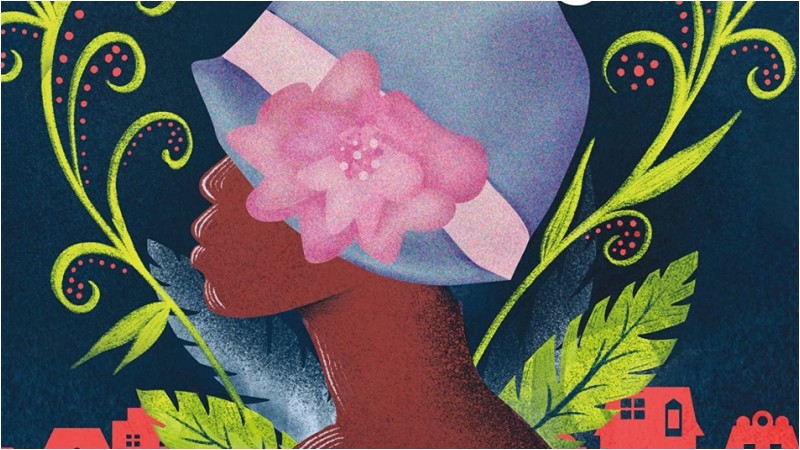
There may not be a better setting for a heist novel than the Roaring 20s. In the Prohibition Era, the United States was full of gangsters and speakeasies—and, if looked at through a fantasy lens, undoubtedly magic. The Monsters We Defy takes that setting one step deeper, blending gangsters with the vibrant African American arts scene of the era.
Leslye Penelope sets her story in 1920s Washington D.C., an era of thriving creativity within the African American community. While racial injustice is never far distant from the story, that’s not the point of the story. It’s the idea of building community—and the power of that same community to help a person know exactly who they are—that drives the book’s larger narrative forward. A heist is central to the plot, but the objective isn’t wealth or glory; by the end, the goal is saving the people who are in the thick of this world with them, facing the same prejudice and discrimination, no matter how rich or poor.
Brightly painted with hues and shades of magic, set against a backdrop of jazz music and drag balls, Penelope has taken a specific historical place and moment and made them feel vibrantly alive. She expertly weaves threads of folklore, mythology, and Bible stories into the tapestry of the setting, creating a texture that ties the story to this world and its history while allowing the fantastic to breathe and flow. By giving readers Clara Johnson, a seer born with sight into the Other World who is nevertheless deeply grounded in the material world, she provides the perfect guide into this alternate moment in history.
For years, Clara has pushed others away, unable to trust anyone but herself. She certainly can’t trust the spirits who have her ear, and she’s learned the hard way that she can’t trust people to come through for her. Years before the book’s central plot, during the racially charged civil unrest of 1919 (an actual historical event in which white mobs attacked both the African American community and African American soldiers returning from WWI), Clara gained infamy for defending herself against a white police officer. The texture of that event, and her determination not to think about it, keep the details of what happened hidden until late into the narrative.
Because it occurred, Clara is well-known but kept at arms’-length, especially by the members of the Black upper class. She’s better off alone, she thinks. And yet, she made a spiritual bargain that flies in the face of that. She’s cursed to help any who come to her, free of charge, if they seek to make a bargain with the Enigmas, powerful spirits that can grant changes of fortune if the person is willing to incur a debt.
Clara is intimately familiar with those bargains, and the weight of the debt that comes with them. It’s not helping others that lies heavy on her soul,it’s the knowledge that her “help” comes with such a high cost. Despite her tough exterior, Clara is instantly a protagonist that draws sympathy, that readers will want to win—so long as she’s willing to bear the cost.
Despite her best efforts to live a life without emotional attachments, Clara has been adopted by a former circus performer determined to be her friend. Zelda, a Black woman with albinism, is a startling figure, not just because of her appearance, but because of her willingness to cast aside any pretense of social norms. A con artist, a (very talented) pickpocket, an acrobat, and a martial artist, Zelda sees Clara as a person unwilling to let others be harmed—and a lonely soul. The two are roommates, with a recurring joke that Zelda will move out “tomorrow” if Clara really wants her gone.
-

-

-

-

-

-

-

-

-

-

-

-

-

-

-

-

-

-

-

-

-

-

-

-

-

-

-

-

-

-

-

-

-

-

-

-

-

-

-

-



















